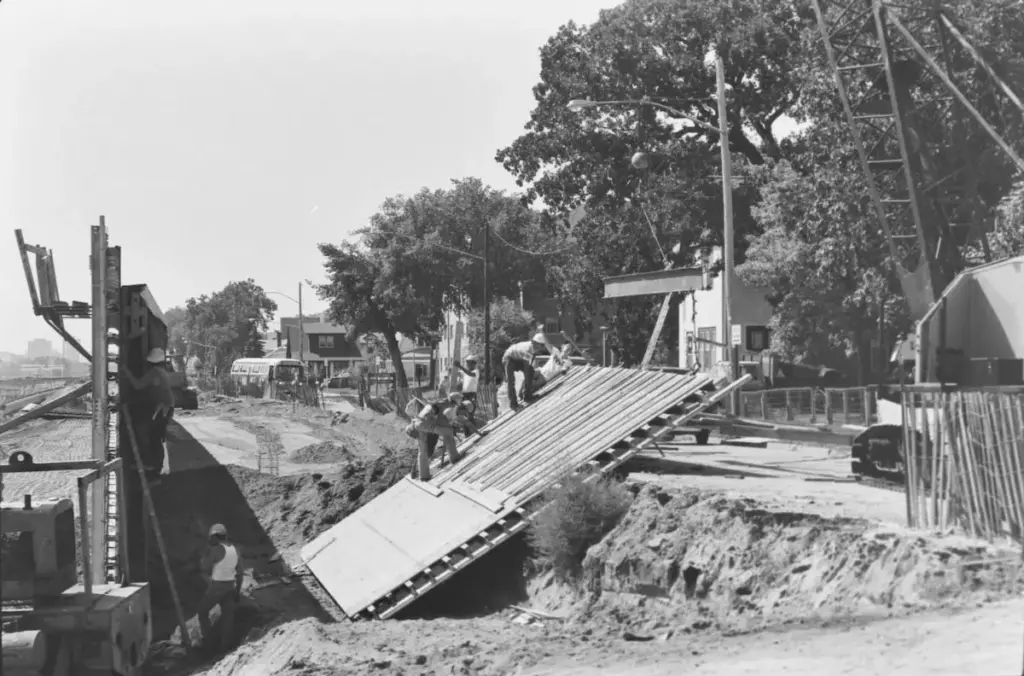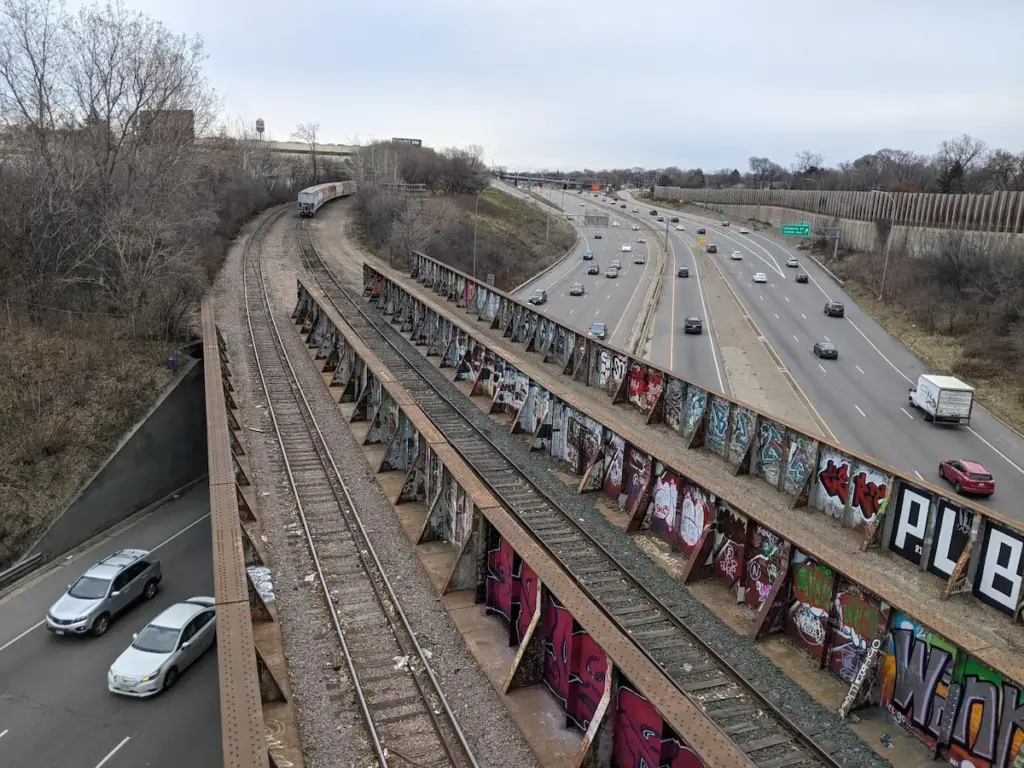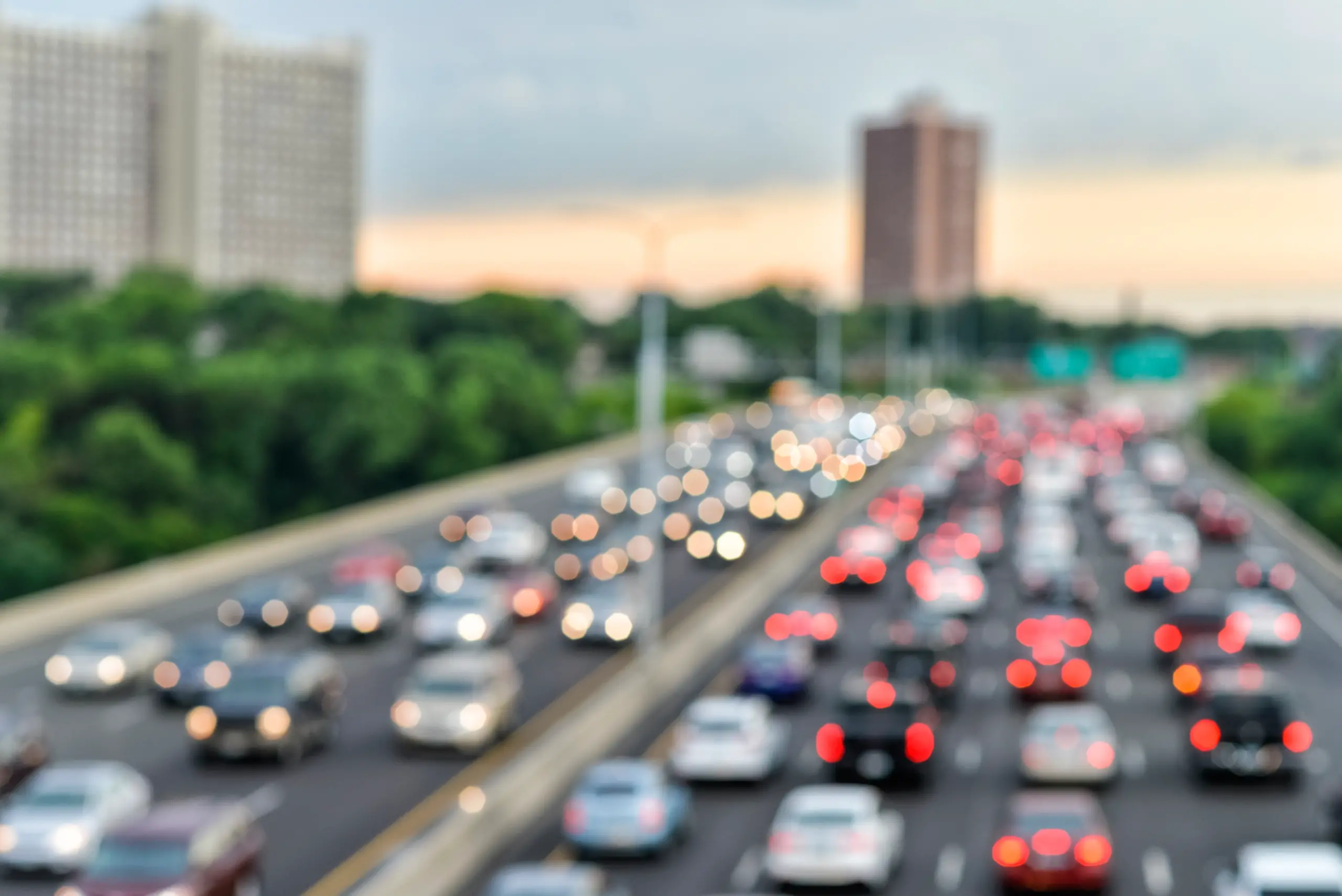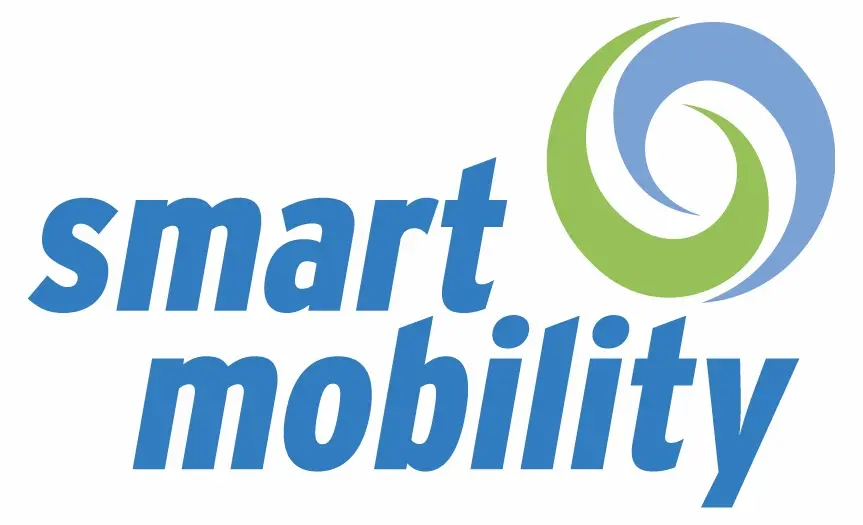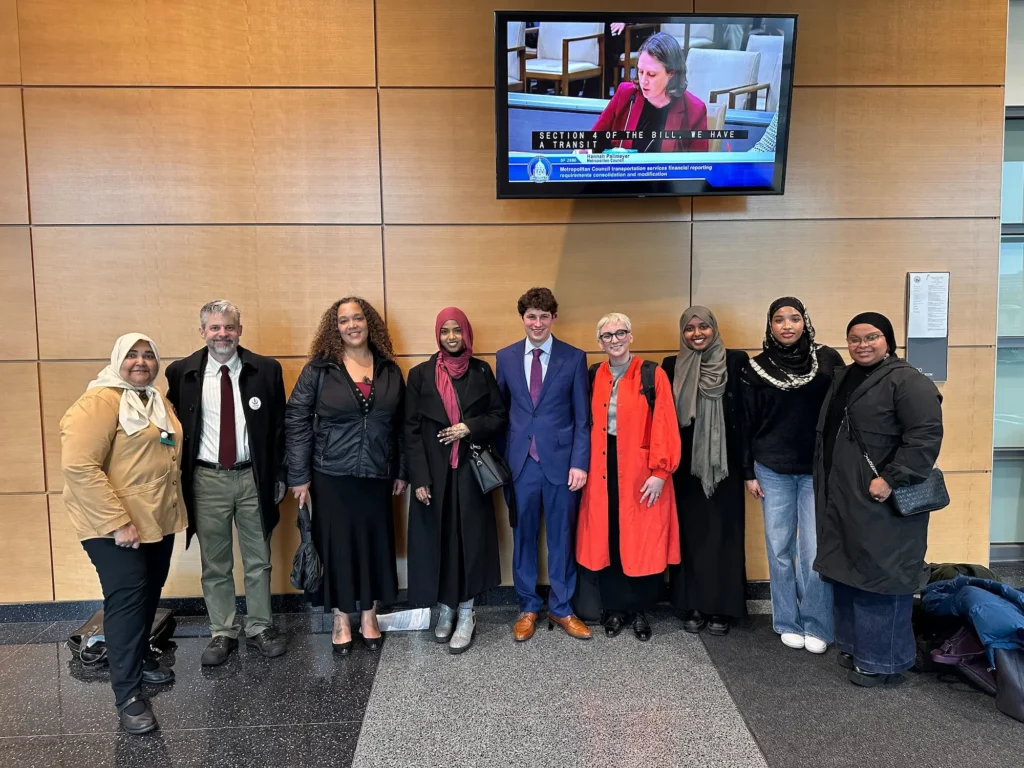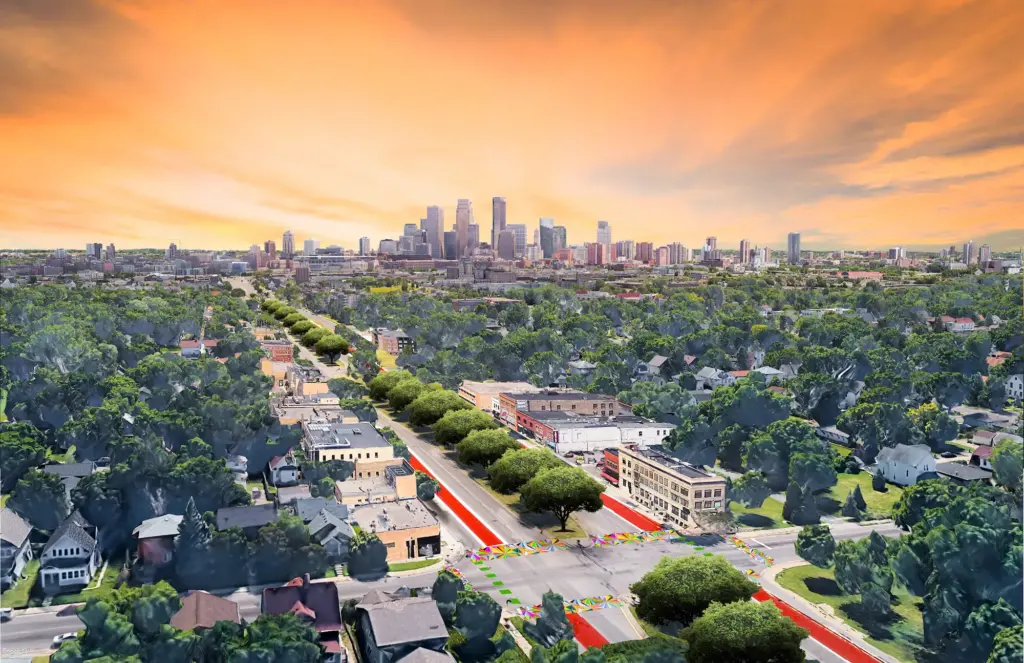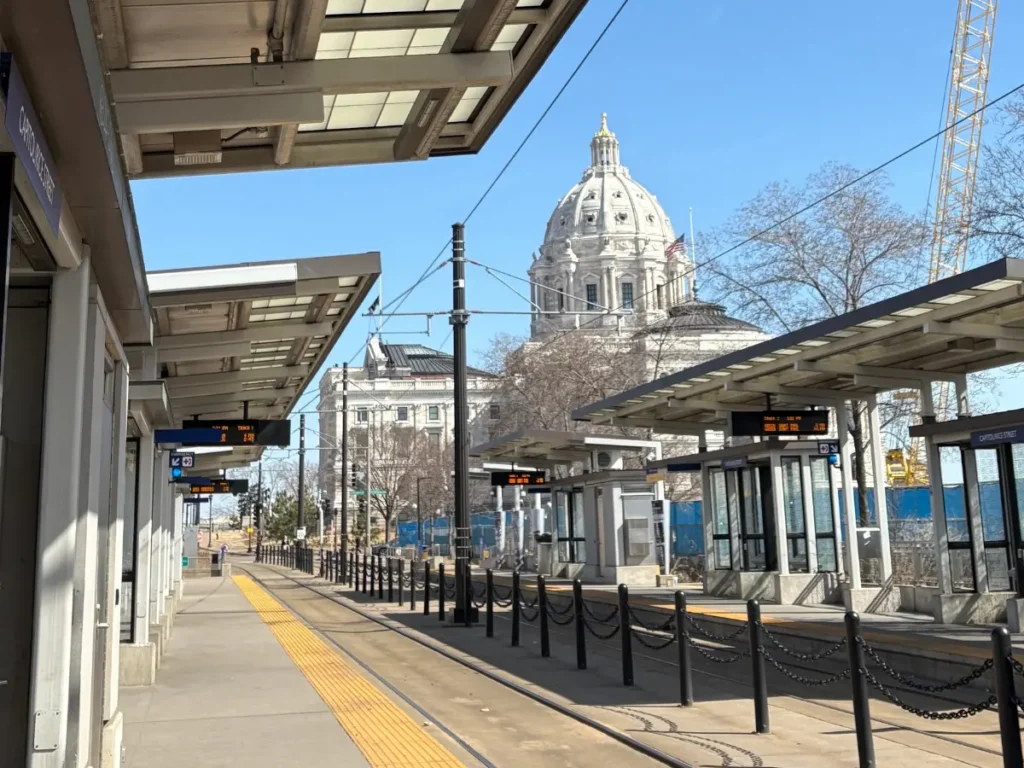A better future is possible.
- New Updates
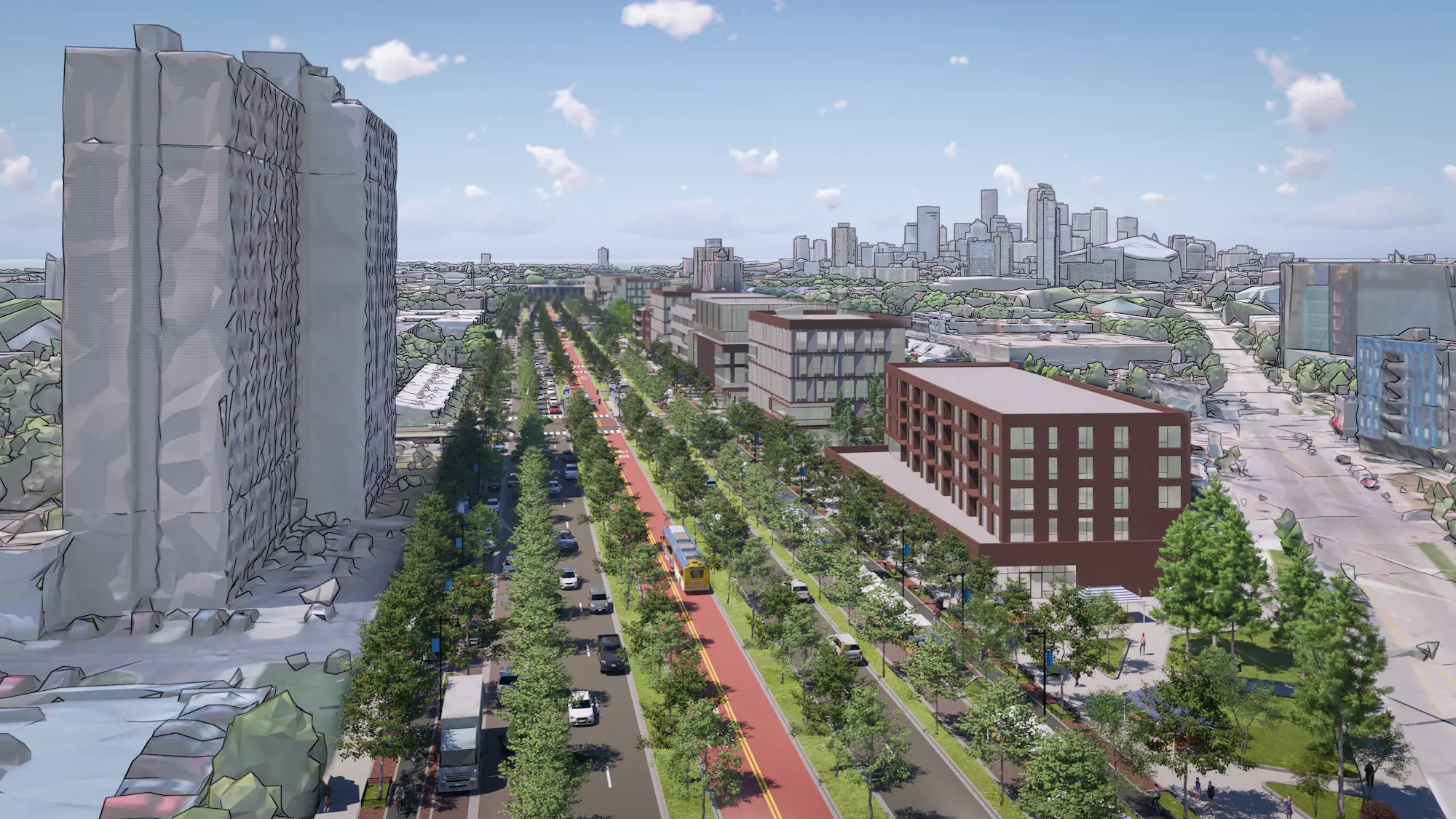
Twin Cities Boulevard is practical, not radical.
The most responsible option for the future of the Rethinking I-94 project is a multi-modal boulevard that returns the surrounding land to neighborhoods and fulfills calls for reparative justice along the corridor. The Twin Cities Boulevard will create healthier air, much-needed economic opportunity, and accessible, affordable, and sustainable transportation access to places all along the corridor.
Transportation is intersectional. Twin Cities Boulevard is a once-in-a-generation opportunity for reparative and environmental justice.
Rethinking I-94 must benefit those neighboring the highway.
Highway removal is a proven solution to addressing multiple related problems.
A multitude of harms resulted from building highways through urban neighborhoods. Highway removal is an increasingly common solution to addressing these aging roadways.
2 hours
The amount of time Caltrans predicted commute times would increase when San Francisco announced the Central Freeway removal. Congestion ended up improving.
14%
Increase in transit ridership when a segment of I-95 in Philadephia collapsed in 2023.
$2.8 Billion
The cost to expand I-10 in Houston by 11 lanes, 23 lanes total. Just three years later, congestion was worse than before the project began.
